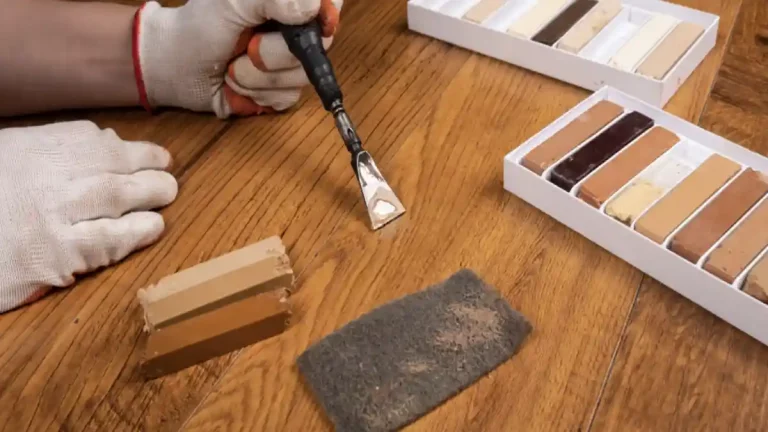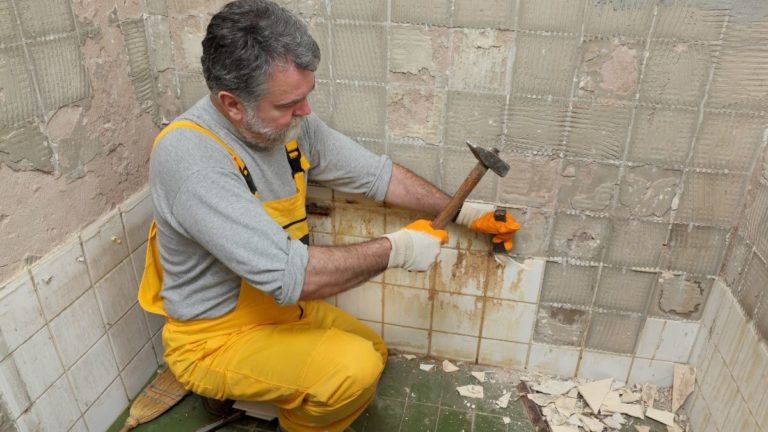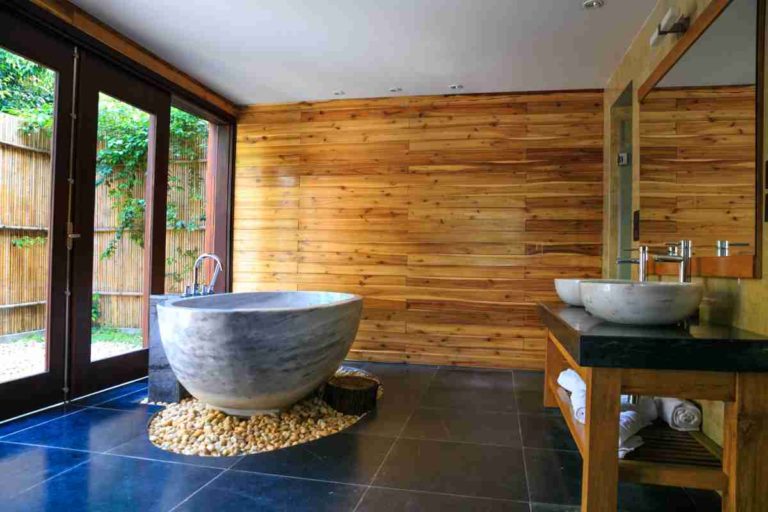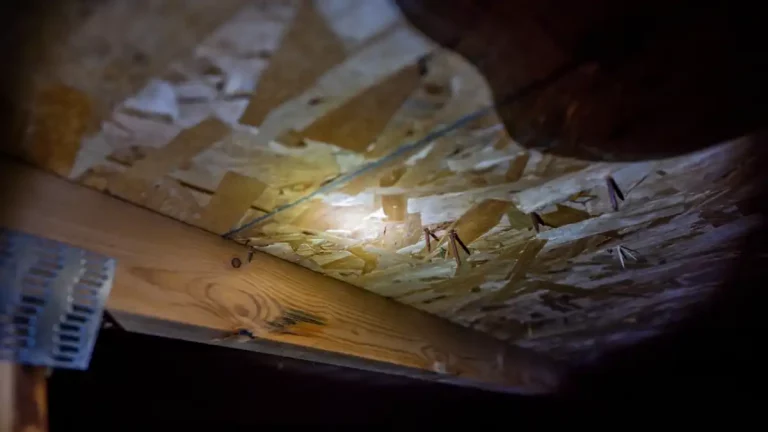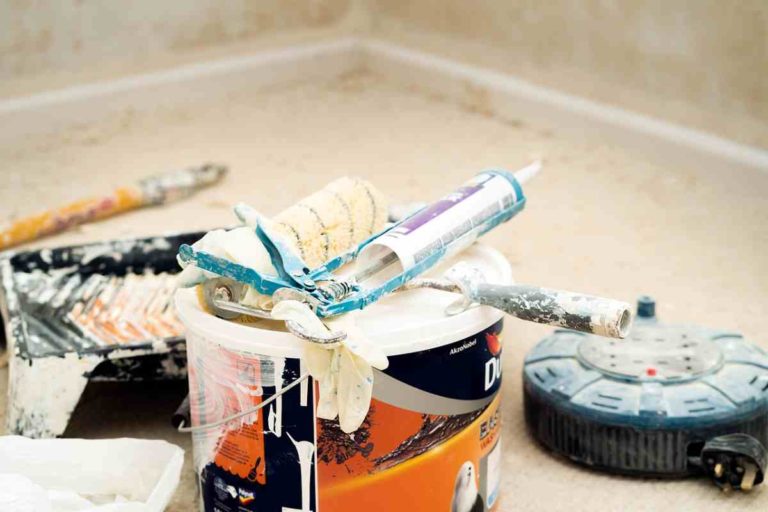Drilling holes into wood isn’t as complicated as some of us may think. A few tricks here and there can work wonders and improve your projects dramatically.
In some instances, you may not need a power tool or a drill to screw into wood. You can accomplish some tasks by using handheld screwdrivers. But using an electric tool can help you to achieve better results faster; this is particularly true when you want to install many screws into compact wood.
Although using a handheld screwdriver seems to be simple, several things can go wrong, affecting the quality of your project. For example, the hole may tear out, they may not line up, and cracks may develop.
Factors That You Should Consider Before Choosing The Ideal Tool For Screwing into Wood
The decision on whether to use an electric tool or a handheld screw will depend on several factors.
Before choosing the ideal tool for screwing into wood, you should consider the following.
Speed
If you want to install many screws into wood, using a handheld screwdriver can be draining and cumbersome.
That’s why it’s essential to use a drill when working on a large project. But if you have one or two screws to drive into wood, a screwdriver will be ideal. A power tool will make your work fast and efficient.
Striped screw heads
Another significant challenge when inserting screws manually is stripping of the screw heads. If the screw’s head strips removing or replacing the screw in the future becomes harder.
At the same time, if you had not finished install the screw completing the process may be difficult.
Drilling straight hole
When working manually, it may be challenging to drive your screws straight into the wood.
In the process, the screws will tilt to either side, and you might have to remove the screw and start the process again.
You can easily overcome this challenge by using a drill.
Cracks and splits
Using a handheld screwdriver to drive screws into the wood may result in cracks and splits in the wood.
Additionally, the process may result in larger holes that may require extra work to fill them with wood putty or replace the broken edges.
How to screw into the wood?
Although drilling a hole into wood is not as complicated as considered, but a minor tilt can make you drill the hole in a place you didn’t desire.
But fortunately, you can overcome this challenge but using a pilot hole. The best way to drill straight holes consistently into wood is by using a scrap piece of wood with a squared end.
A pilot hole is a hole made in wood using a bit size that is smaller than the final size. These pilot holes come in handy for dense, hardwoods to prevent cracking and splitting and also drilling uneven and crooked holes.
The pilot hole will guide you through establishing minor drilling mistakes and correcting them. The hole will also guide the final bit to the right position.
Why pilot holes are essential?
When you deiced to drive screws into the wood directly without using pilot holes, you’ll be making room for the screw as you push the wood out of the way. This will displace wood cuttings and create more pressure on the wood around the screw and may result in cracks or splits, ultimately weakening the wood.
This is particularly true for certain types of wood, such as Oak, which has a more complex structure compared to simple woods like pine. Drilling screws directly into Oak is more challenging without pilot holes, and it may lead to splitting of the wood.
When working with some woods such as pine, you may not need the pilot holes since they can expand to accommodate the pressure.
Pilot holes make inserting screws easier, whether you’re using a manual screwdriver or a drill. Without a pilot hole, you’ll use a lot of force to drive the screws into the wood using a screwdriver.
Besides, the chances of stripping the screw’s head are higher if you don’t use a pilot hole since you’ll be exerting a lot of pressure on the screw to drive it into the wood. Additionally, you may break the screw due to the excess pressure, especially if you’re using low-quality screws.
When to use a screwdriver
Although we’ve seen numerous advantages of using power tools to drive screws into the wood, this doesn’t mean you should entirely use the drills. In some instances, you can use a screwdriver such as:
- When inserting small screws that standard drill bits can’t accommodate.
- If you want to perfect your woodworking skills.
- When working with young inexperienced assistants or children.
- If the power tool runs out of power, and you can’t recharge it.
- Anytime you don’t have the recommended safety gear to use the power tools.
- If you’re using the power tools outdoors and you, there is a high risk of electrocution.
- When you need to drive one or just a few screws into the wood.
The ideal time to use a power tool
Although you may use a screwdriver in some instances when driving screws into wood, you may want to use the power tools when:
- Inserting long screws.
- Driving crews into the hardwood.
- Working on a large project that requires you to use many screws.
- Utmost accuracy is required.
- Working on delicate pieces of wood such as antique furniture.
Final Thoughts
Although handheld screwdrivers still have a place in carpentry, their use is limited; thus, in most cases, you’ll need to use power tools to make your work fast and efficient. Driving screws manually for large projects is impractical and cumbersome.
That’s why screw drills have become more popular in carpentry.


